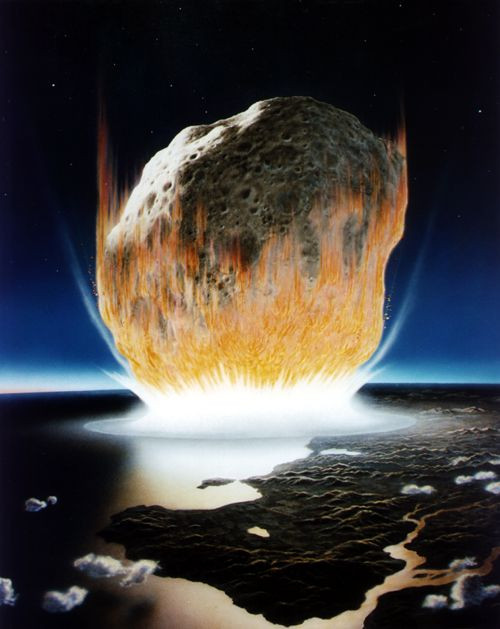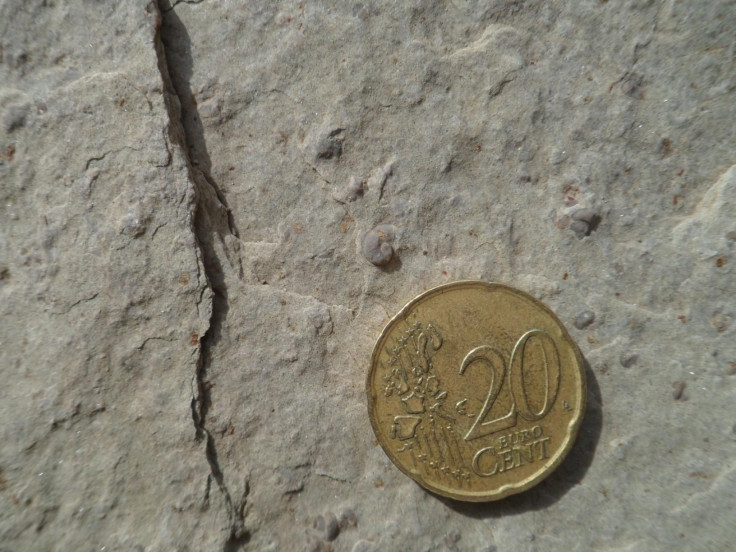Mass Extinction Timeline: Prehistoric Climate Change Caused Three Extinction Events In A Row

They got knocked down, but they got up again. And again. And again.
Every time life on Earth tried to rebound from the largest mass extinction event in the planet’s history, it seemed another mass extinction followed, wiping the slate clean and making the survivors start from scratch. That’s according to a study in PLOS One, published after scientists studied both fossils and evidence of geological changes at a location in northern Italy, in the Dolomites mountain range. The researchers found that after the enormous mass extinction event, often referred to as “the Great Dying,” there were two more extinction events that delayed a full recovery for several million years.

The study says the huge extinction event in the late Permian Period of our planet’s geologic history, more than 250 million years ago, can be linked to volcanic activity that caused climate and environmental changes, because it released massive amount of greenhouse gases like carbon dioxide and sulfur into the atmosphere, the University of Texas at Austin said in a statement. The Great Dying took out about 95 percent of marine life and 70 percent of life on land.
After studying layer upon layer of rock, the scientists now say the planet recovered so slowly from the Great Dying because two smaller mass extinction events followed it — one of them perhaps 500,000 years afterward and the second about another million years later.
“After the second extinction event, the fossil record shows an increased ecological diversity,” the university explained. “This is a sign, researchers said, that the environmental stresses that limited recovery from the first extinction event and instigated the second were beginning to lessen.”
Although these prehistoric events represented environmental changes of much greater intensity than we see today in the Earth’s changing climate, the researchers say they hold lessons for us, both in how life can survive something like this and how it can rebound.
Primarily it was tiny mollusks, such as snails a few centimeters long, that survived the mass extinctions.
“The changes in ocean conditions that caused the end-Permian mass extinction — ocean acidification, ocean deoxygenation and increasing temperatures — are issues occurring today, though not at the extreme levels recorded in the late stages of the end-Permian extinction,” according to the university.
See also:
Cranium Shows How Neanderthals and Humans Evolved
Seeing Evolution in Action: Fish Jump Onto Land Like Our Distant Ancestors
© Copyright IBTimes 2024. All rights reserved.





















